Stop Motion Animation
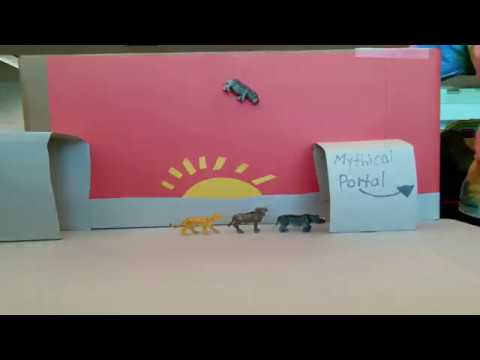
Stop motion animation is a filmmaking technique that involves reproducing images sequentially to create the illusion of movement. Studying the technique promotes abstract thinking and collaborative creativity.
Objectives
Students will:
- Recognize stop motion animation and the breadth of media used to make SMA
- Understand basic image capturing techniques
- Understand basic stop motion animation techniques
- Develop and capture a stop motion animation sequence
Supplies
- iPods (or other camera - digital is easiest!)
- iPod tripods (flexy-armed ones work best)
- Paper and Pencil, Pens, Markers, Magazine Cutouts, small plastic characters/cars, other items as desired.
Set the Scene.
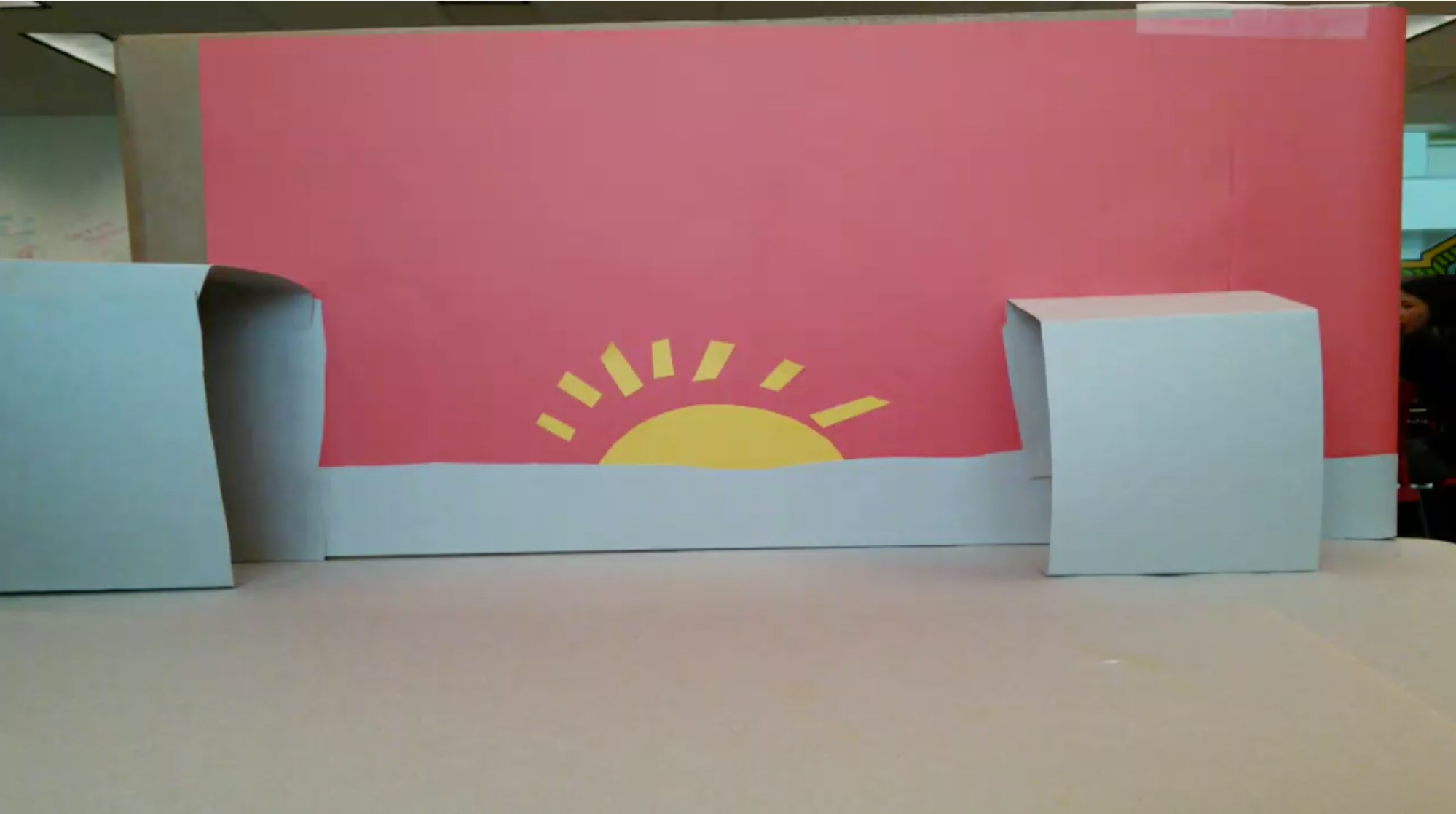
After you've gathered your supplies, start writing your story. To start, less is more. Depending on the mobile application you use, it will take between 10 and 30 shots for a single second of film! Keep it reasonable.
With animation you can do anything you can imagine like making things appear/disappear, change shapes/sizes/colors, and so much more! I have frequently played with lights, legos, play dough, drawing boards, and furniture.
Here are some fun prompts:
- Have an animal turn on a light.
- Make a chalk board eat a fruit.
- Use clay to sink a tree in quick sand.
- Make a hippopotamus fly.
Now, go have fun writing that story!
Set Up the Camera.
Using a mobile device will be easiest, there are a lot of great applications to download. Just go to your devices app store and search "stop motion animation" to find a variety of options.
Set up your application:
- Create a new project, give it a name.
- Look at your settings - you might want to mess around with frame rates, overlays, and automatic shooting; more information about those features are below.
- Bust out the camera, put it on the tripod, and point it at the scene!
SUPER IMPORTANT! Hold the camera still. Especially for beginners, frame the entire scene and leave the camera alone. Camera movement will not be covered in this basic tutorial.
Frame Rate: the number of images that will play each second. The more images per second, or the higher the frame rate, the smoother the final image but the more images you'll have to shoot. If you shoot in one frame rate and play back in another, your video may appear faster or slower on playback.
Overlays: Many applications have the option to show the previous picture, partially transparent, on top of the current scene. This can help you make smoother movements, and can also let you take a break in the middle of a shoot to grab a sandwich! I recommend using this and paying attention to making very small movements with your subjects.
Automatic Shooting: Some applications offer automatic shooting, which is great if you're working on a team of one! It can be good for moving swiftly through a project, but increases the odds of having shots with a hand that need to be removed. If you're using some flexible tripods, you may also avoid moving the camera if you don't touch it every shot. Give it a try, see if you like it!
Move Bit by Bit
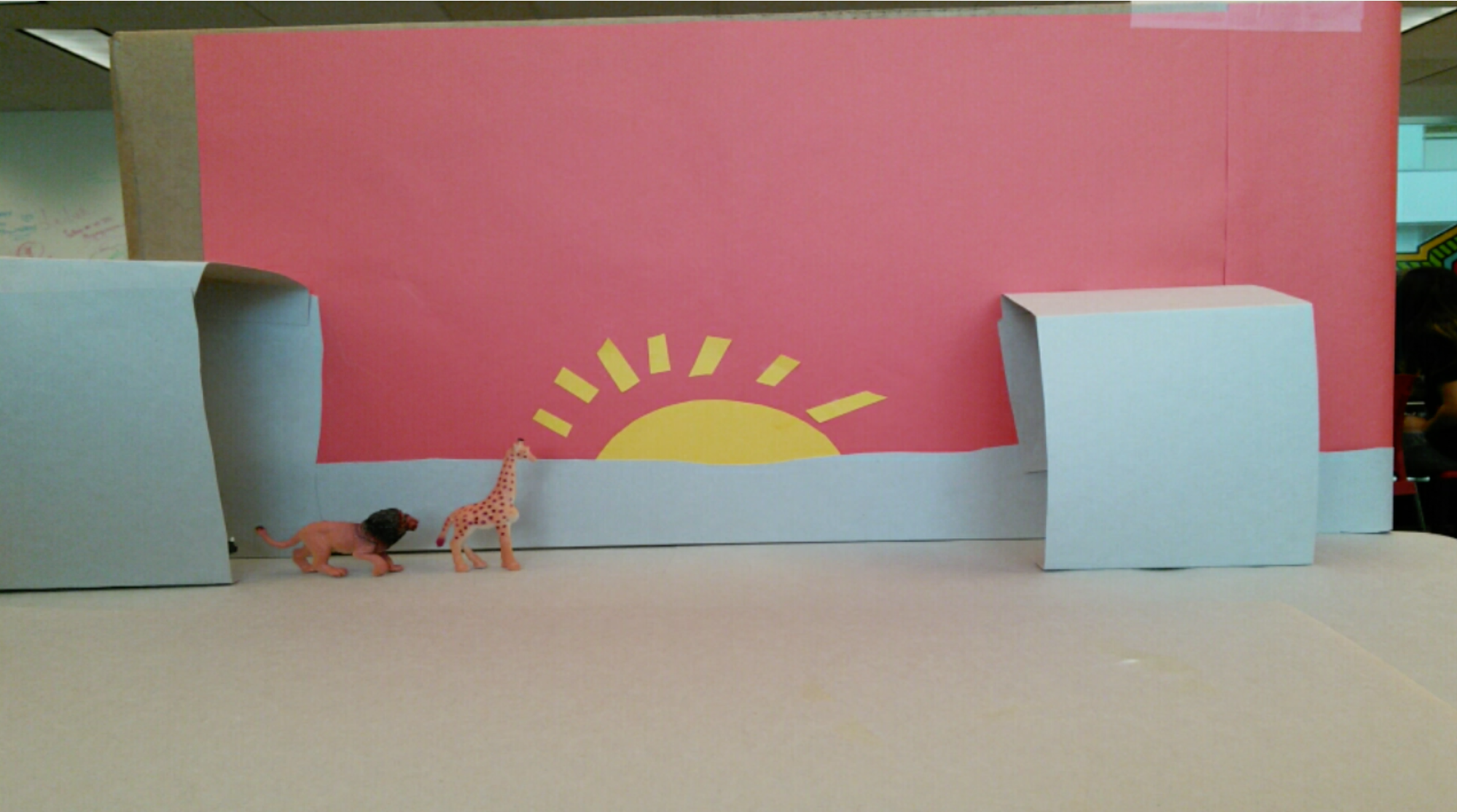
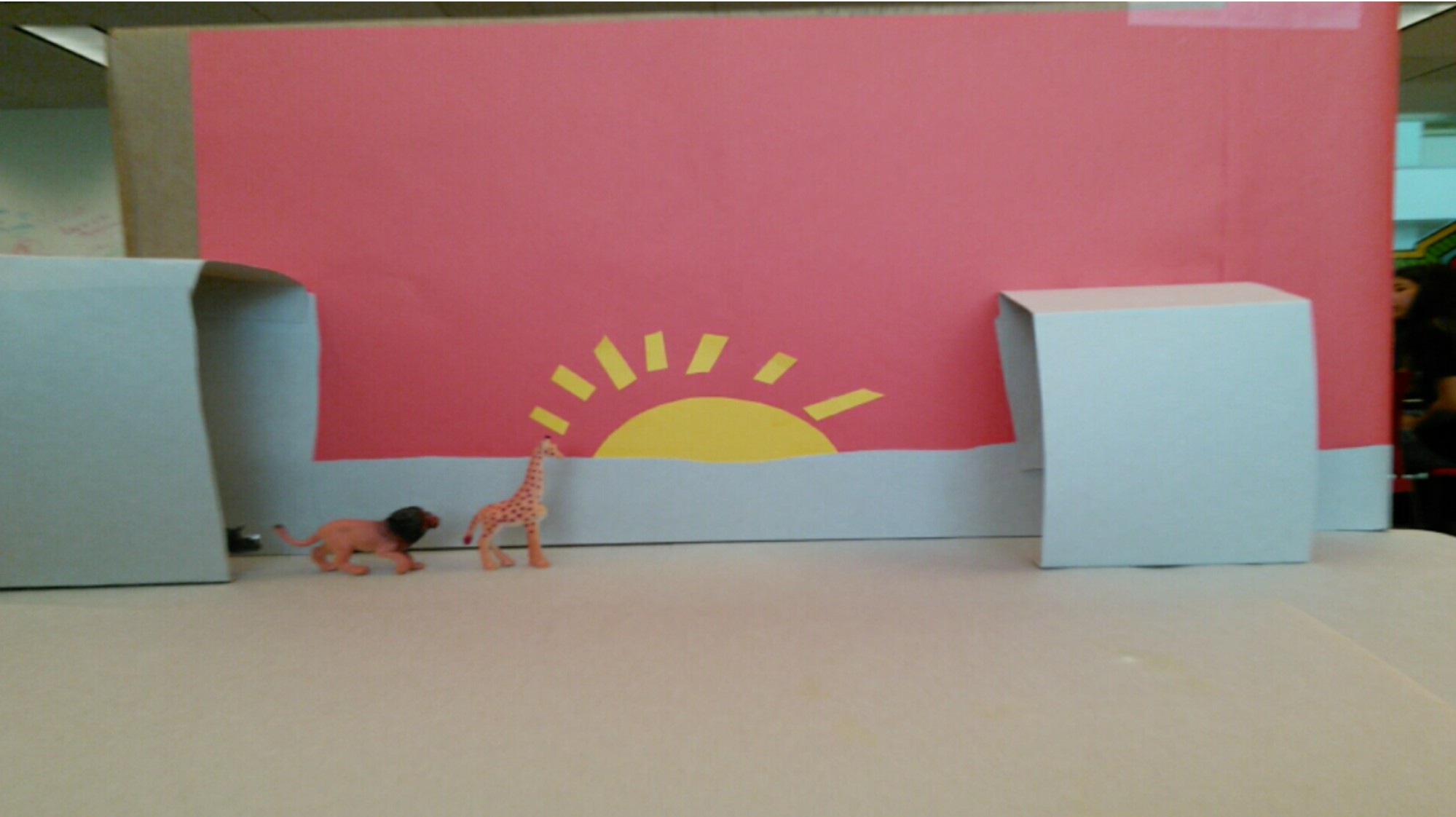
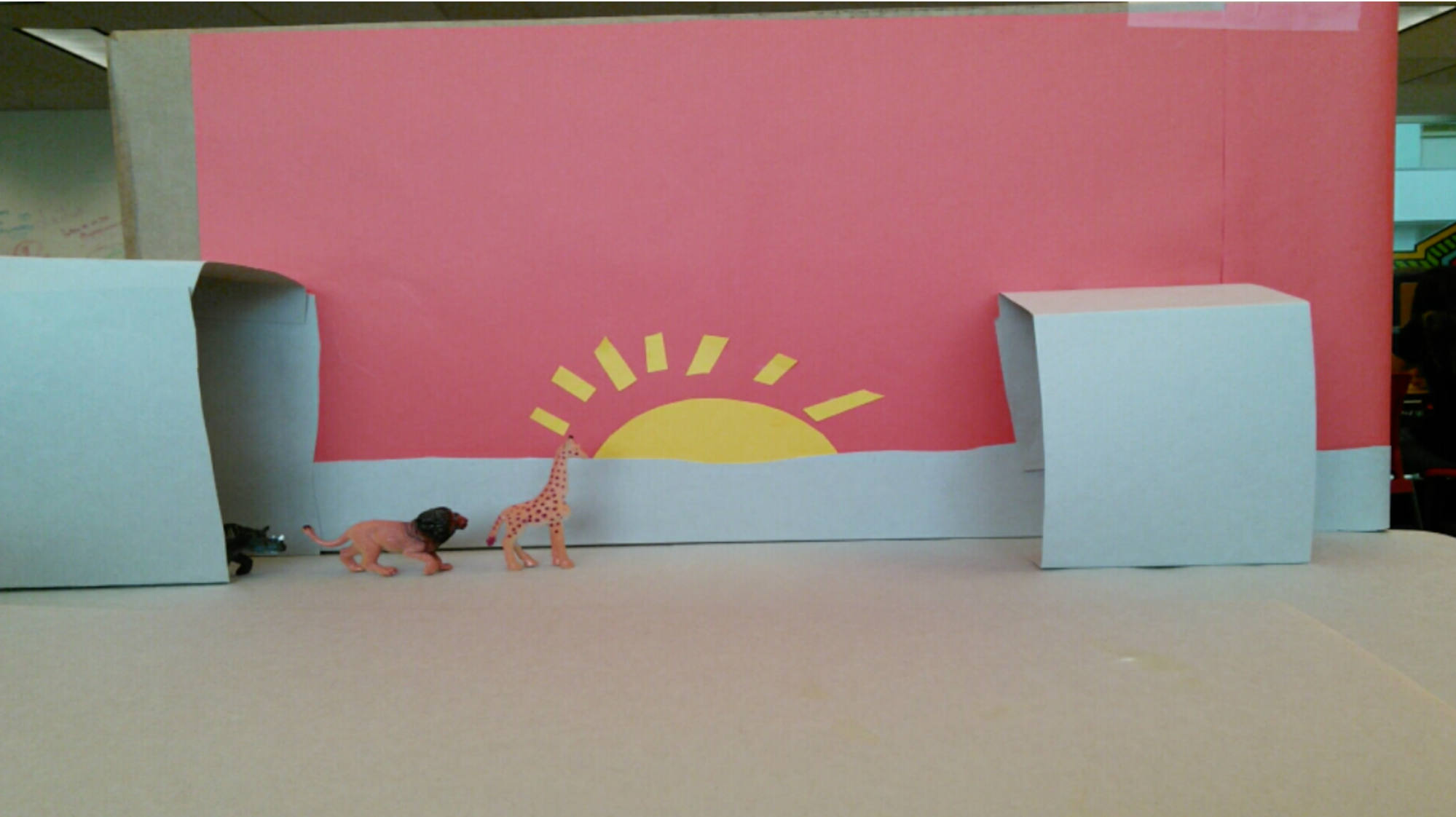
Once your scene and camera are set up, it's time to start shooting!
Move subjects just a tiny bit in between each image. Having a high frame rate and moving subjects very little will help your action be smooth. Stay patient! It takes some time, but is worth it in the end.
Transform!
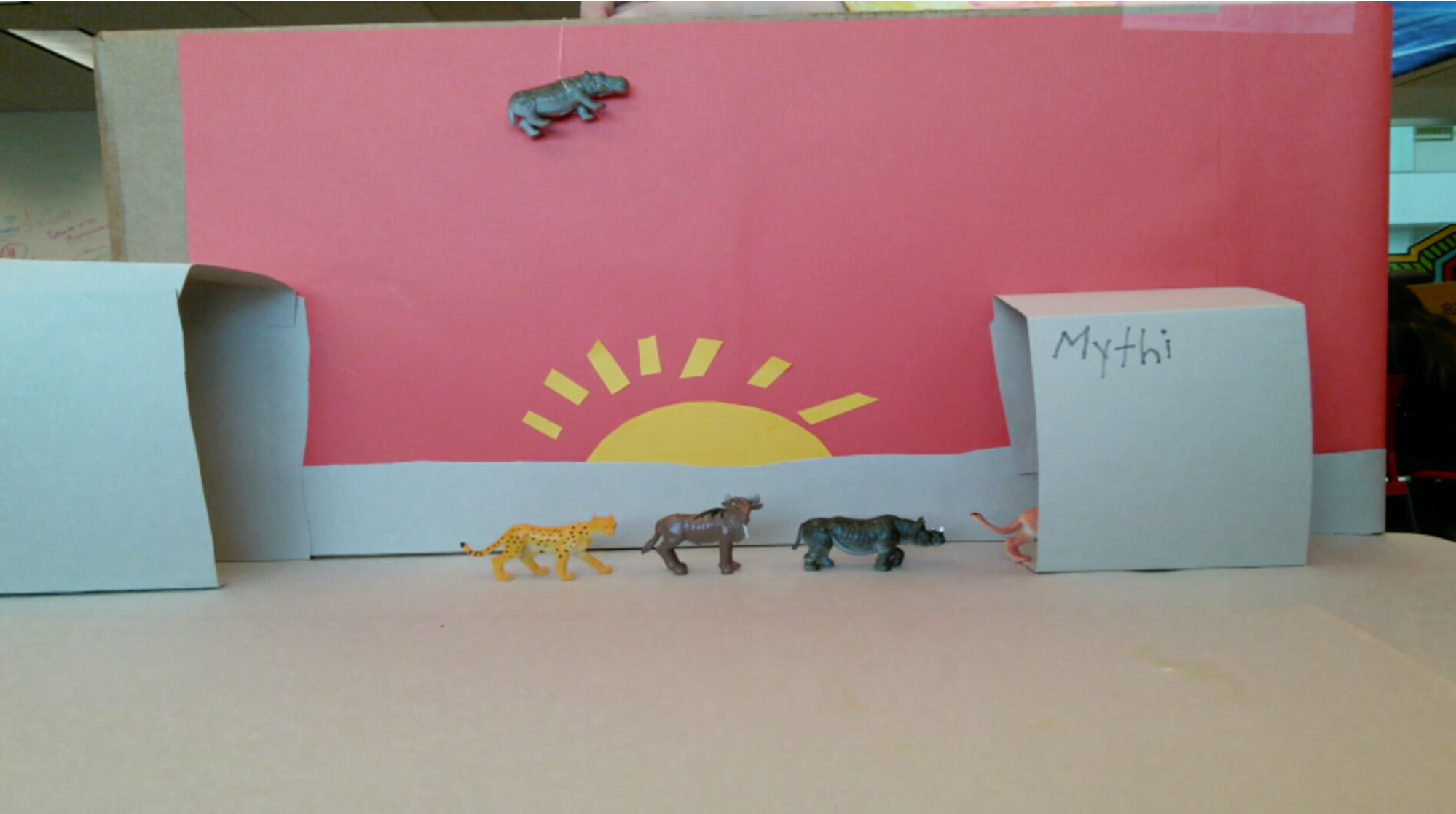
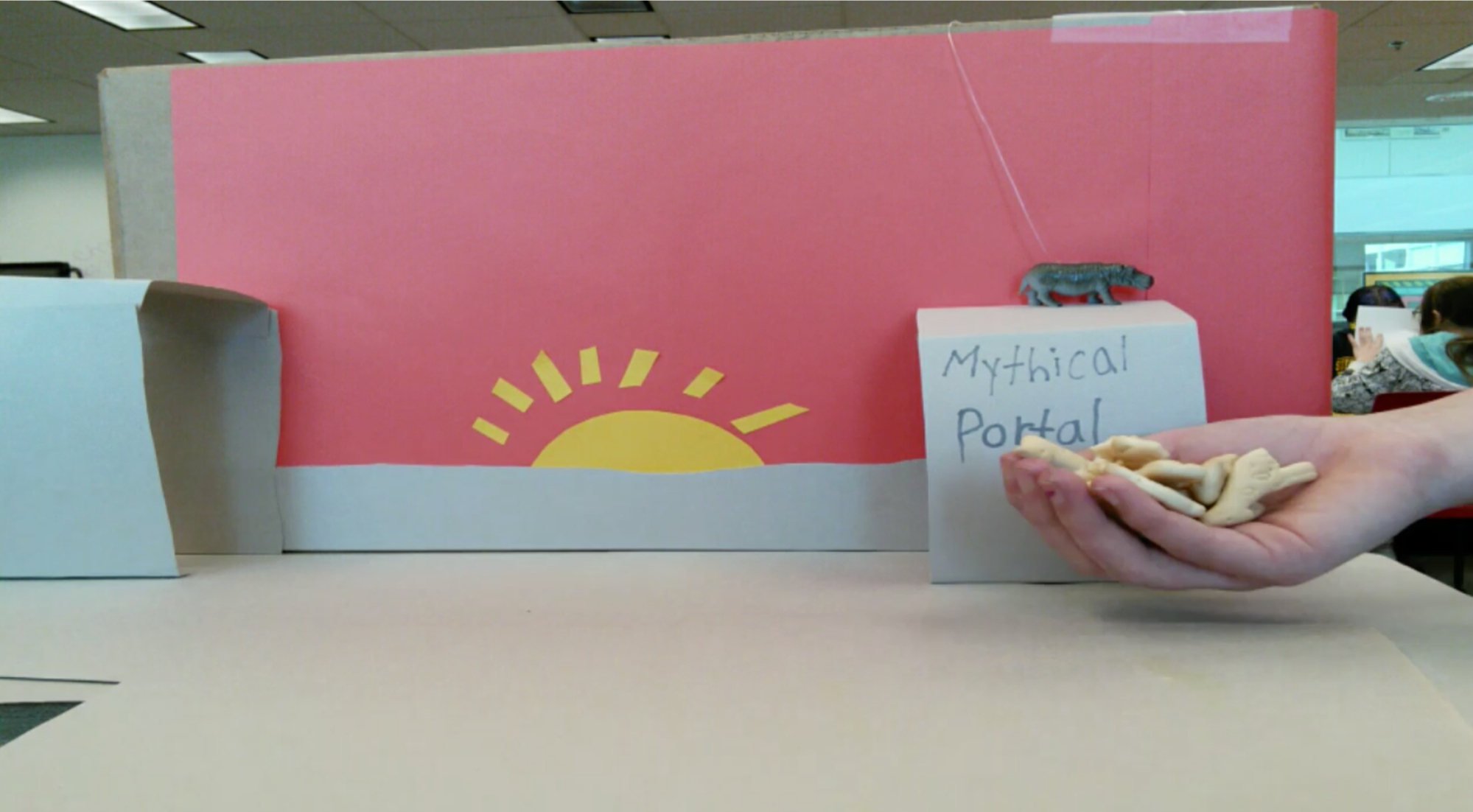
In this video, a student changed animals into animal crackers by hiding the animals behind a box that she animated as a "mythical portal" by writing each letter in between shots.
They also (you'll see in the next step!) gave the sun a smiley face and then made it wink by placing a small piece of paper over its left eye.
What else could you imagine transforming through animation?
Edit, Export, + Share
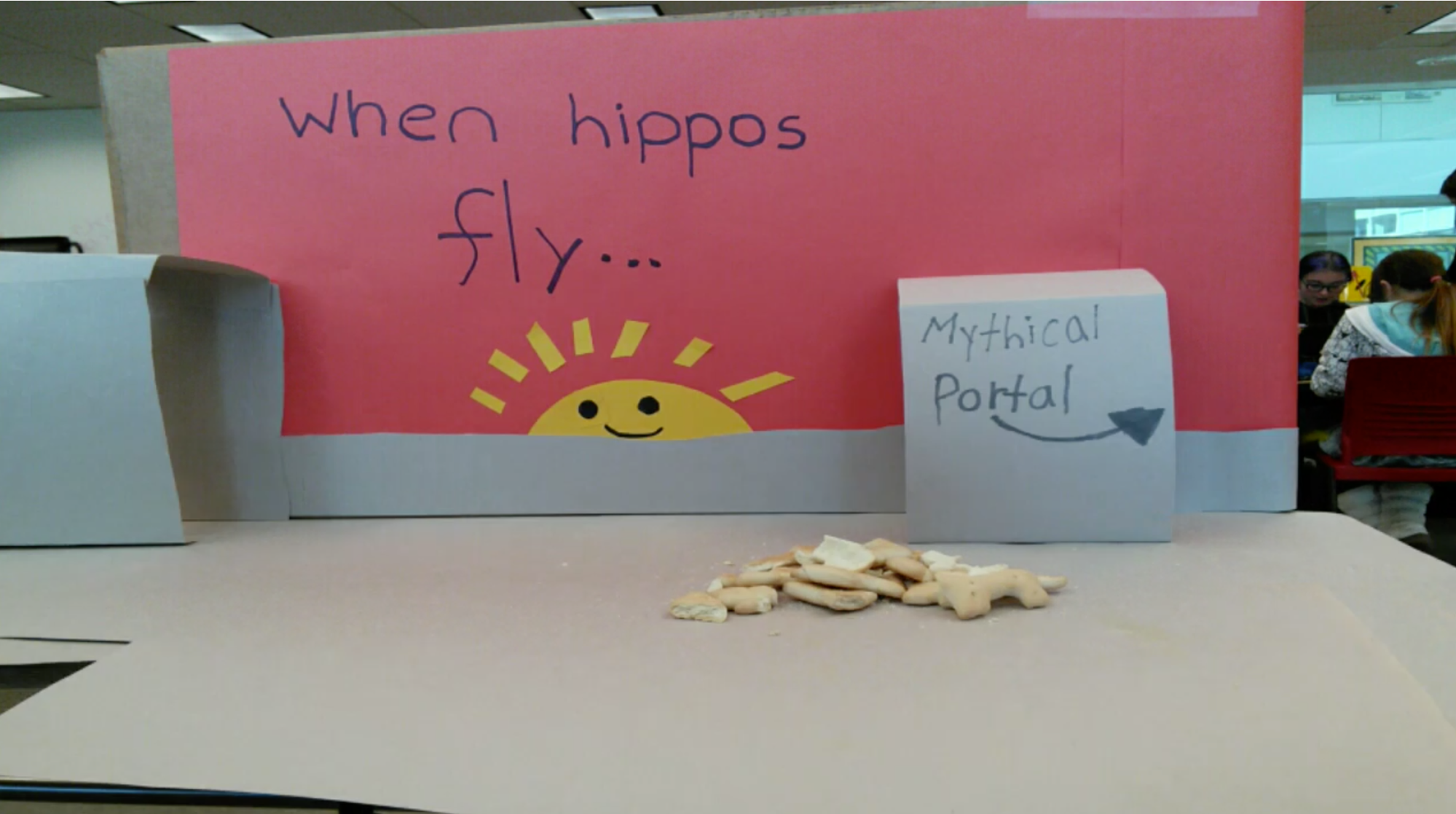
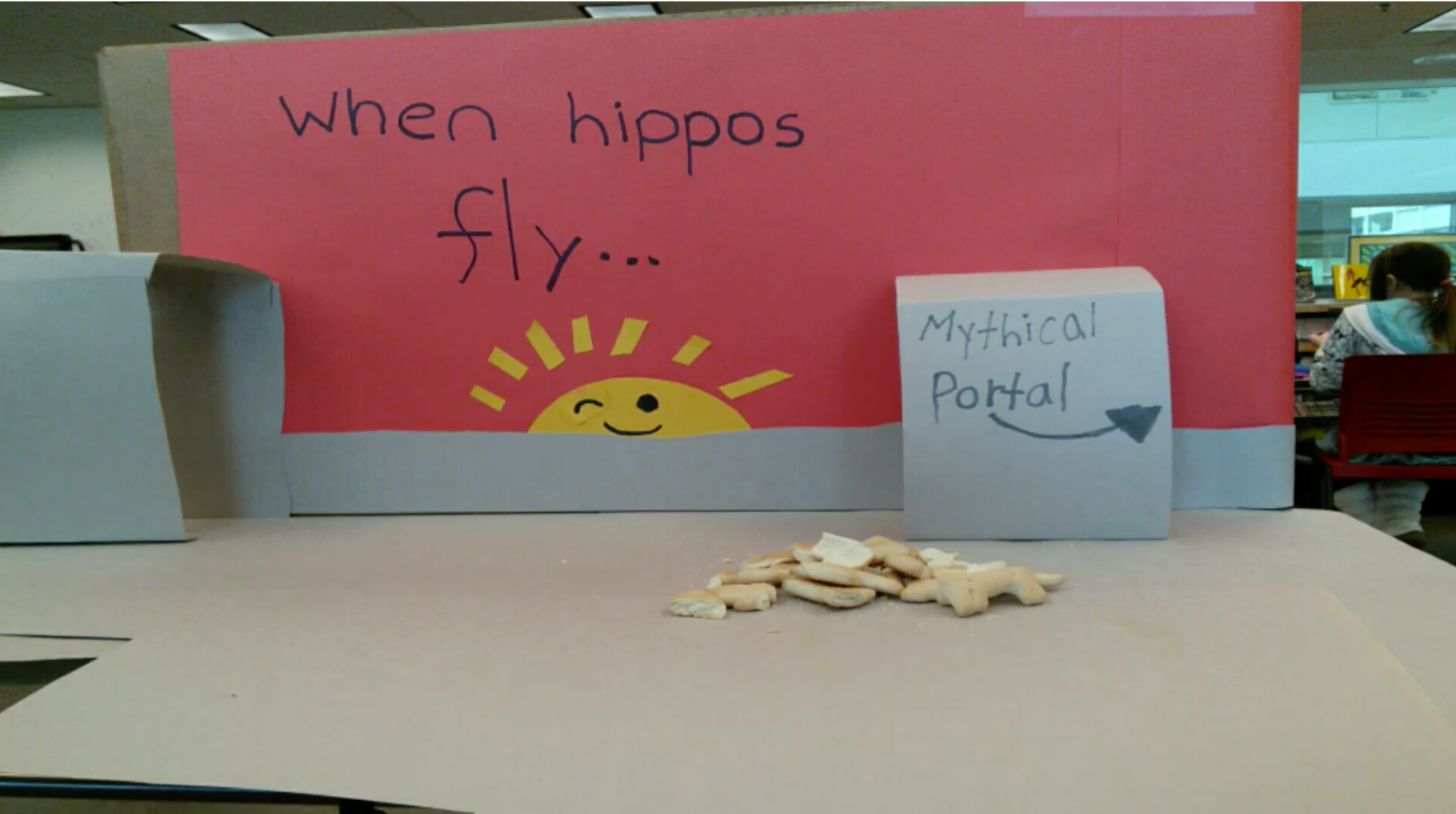
Once you've finished your video, remove any wonky shots from your timeline, add titles if you'd like, and export. If you've got the appropriate tools, upload the video into editing software and add some music, voices, or sound effects!
Then you're done! Share with your friends :)